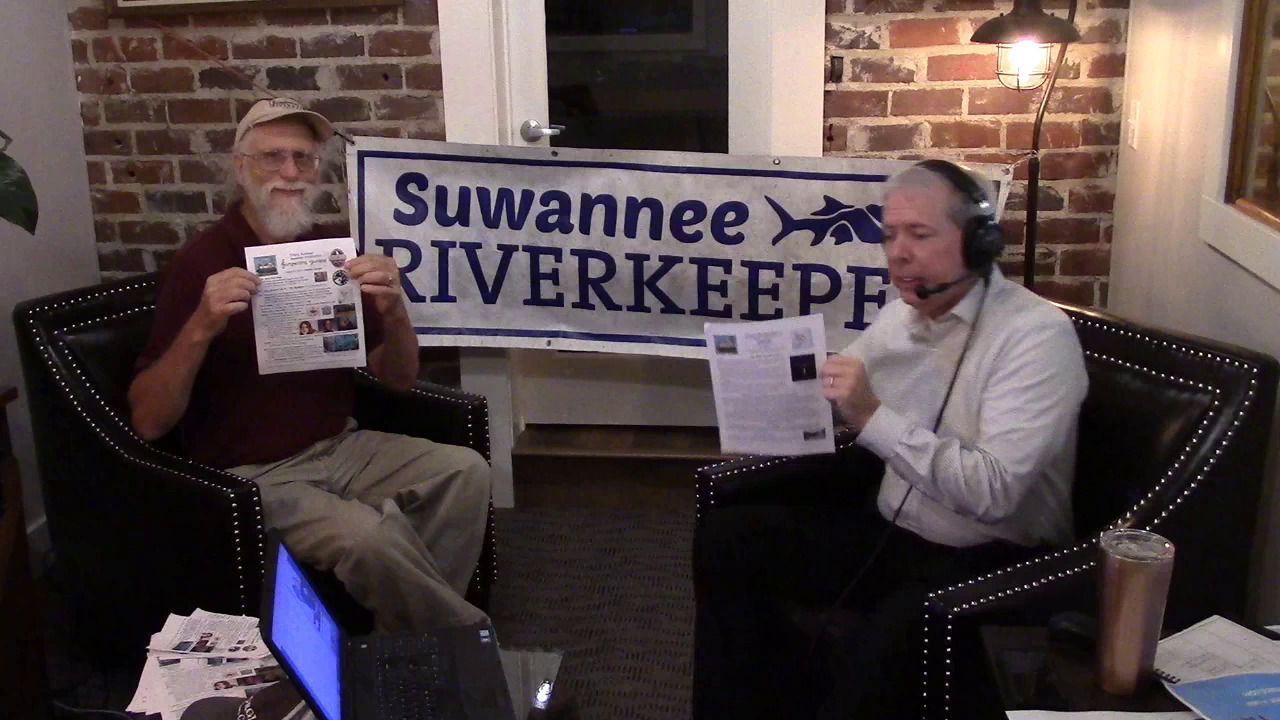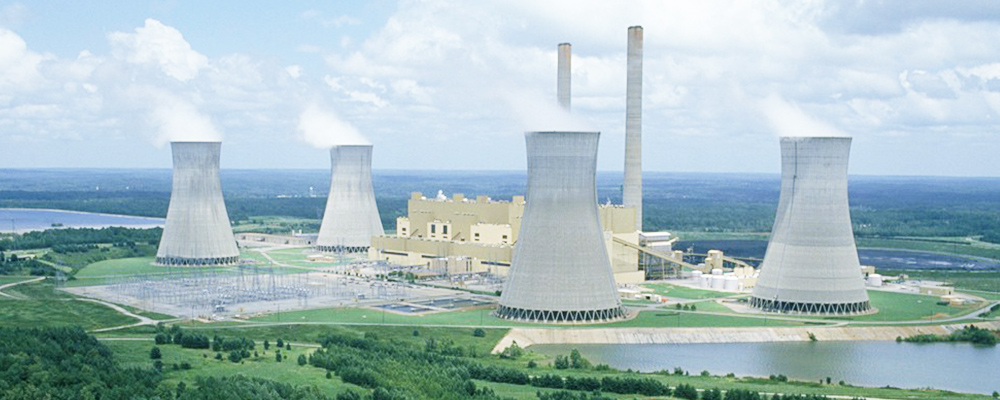See also
Suwannee Riverkeeper’s call last month for people to contact the Georgia governor and other elected officials.
![[Okefenokee Protection Alliance (OPA)]](https://www.wwals.net/pictures/2020-07-14--opa-pr/OPA-Announcement-Press-Release-0001.jpg)
Okefenokee Protection Alliance (OPA)
FOR IMMEDIATE RELEASE (see also )
MORE THAN 30 GROUPS ORGANIZE TO SAVE OKEFENOKEE SWAMP
![[OPA Logo]](https://www.wwals.net/pictures/2020-07-14--opa-pr/OPA-Announcement-Press-Release_html_5c70e7a4ea8c2570.jpg)
OPA Logo
GEORGIA (July 14, 2020) More than 30 national, state, and local
organizations have joined forces in the fight to protect the
Okefenokee Swamp. The new coalition, known as the Okefenokee
Protection Alliance (OPA), recently formed in response to a new and
alarming threat to the Okefenokee in the form of proposed heavy
mineral sands mining adjacent to the swamp.
In July 2019, Twin Pines Minerals, LLC, submitted a permit
application to the U.S. Army Corps of Engineers (Corps) seeking
authorization to mine the first phase of what would eventually
become a 12,000-acre project abutting the southeast corner of the
Okefenokee National Wildlife Refuge.
After the Corps was deluged
with letters opposing the project, Twin Pines withdrew that
application and submitted a second application to excavate a roughly
900-acre first phase of the mine. The Corps is now weighing whether
to approve that second application. Twin Pines must also secure
permission from the state of Georgia.
“The new Okefenokee
Protection Alliance is the first collaborative effort to have an
exclusive focus on the protection of what is arguably our country’s
healthiest remaining wetland of significance,” says Christian
Hunt, Southeast Program Representative for Defenders of Wildlife.
“Everyone came together because of Twin Pines’ permit
application, but by design we intend to be active over the long-term
and address the present threat that we are dealing with today, as
well as future threats that stand to compromise the
Okefenokee.”
This week, the Okefenokee Protection Alliance introduced a new
website and began urging citizens to write Georgia Governor Brian
Kemp, asking him to protect Southeast Georgia’s international
natural treasure.
“Just as we have reached out to folks to call on the Corps, we
are reaching out to folks to call on Governor Kemp because it is not
just the Corps that has a say,” says Rena Peck, Executive
Director of the Georgia River Network. “We want Governor Kemp
to stand with his constituents and all the citizens in Georgia who
are concerned about the mine and ask the Corps for an Environmental
Impact Statement.”
The Okefenokee has a long history of support from Georgia leaders. A
similar proposal to mine near the Swamp in the 1990s was stopped
when Gov. Zell Miller and others spoke out against it; in the 1970s,
W.S. “Bill” Stuckey, Jr. who represented the 8th
District of Georgia in Congress, successfully fought to designate
portions of the swamp as a National Wilderness Area.
Stuckey, now a resident of the Georgia coast, said recently,
“I’m hopeful that Governor Kemp will step in to protect the
Okefenokee Wilderness and stop the mine.”
OPA member organizations and federal agencies have expressed
concerns that the mine could alter the hydrology of the area and
impair the movement and storage of water within the swamp, the St.
Marys and Suwannee rivers and the Floridan Aquifer.
This could lead to an increased risk of uncontrollable wildfires and
impact access to the swamp for boating, fishing, birding, hunting
and photography. Pollution from the mining operation could also
impact the health of groundwater and surface water.
The Floridan Aquifer, which lies beneath the swamp, is the water
source for all of south Georgia and most of Florida, and feeds many
springs in the region, which are already adversely affected by
overpumping. Thus, anything that affects the swamp or the aquifer
could have far-reaching consequences.
Continue reading →
![[Maps and speakers, wood pellet plant, Adel City Council 2020-09-08]](https://www.wwals.net/pictures/2020-09-08--adel-city-council/many.jpg)

![[Agenda, Adel City Council 2020-09-08]](https://www.wwals.net/pictures/2020-09-08--biomass-adel/9-8-2020-AGENDA-0001.jpg)
![[WWALS to Adel, Water Trails and pellet plant 2020-09-08]](https://www.wwals.net/pictures/2020-09-08--biomass-adel/2020-09-08--WWALS-to-Adel-0001.jpg)
![[Adel, GA, pellet plant sourcing radius]](/pictures/2020-09-08--biomass-adel/figure.jpg)
![[Radio, History, Waterworks, Georgia Beer Co.]](https://www.wwals.net/pictures/2020-08-18--suwrk-steve-nichols-radio/trio.jpg)
![[First Prize, Suwannee Riverkeeper Songwriting Contest]](https://www.wwals.net/pictures/2020-08-18--suwrk-steve-nichols-radio/20200820_135723.jpg)

![[Georgia Beer Co.]](https://www.wwals.net/pictures/2020-07-21--steve-nichols-radio-video/gabeerco.jpg)
![[Okefenokee Protection Alliance (OPA)]](https://www.wwals.net/pictures/2020-07-14--opa-pr/OPA-Announcement-Press-Release-0001.jpg)
![[OPA Logo]](https://www.wwals.net/pictures/2020-07-14--opa-pr/OPA-Announcement-Press-Release_html_5c70e7a4ea8c2570.jpg)
![[Songwriting Contest on WKUB 105.1 FM]](https://www.wwals.net/pictures/2020-06-23--songwriting-brian-blount-wkub/bannerwkub.jpg)

![[Statement on Environmental Justice]](https://www.wwals.net/pictures/2020-06-08--wwals-statement-environmental-justice/big/2020-06-08--WWALS-Statement-Environmental-Justice-0001.jpg)